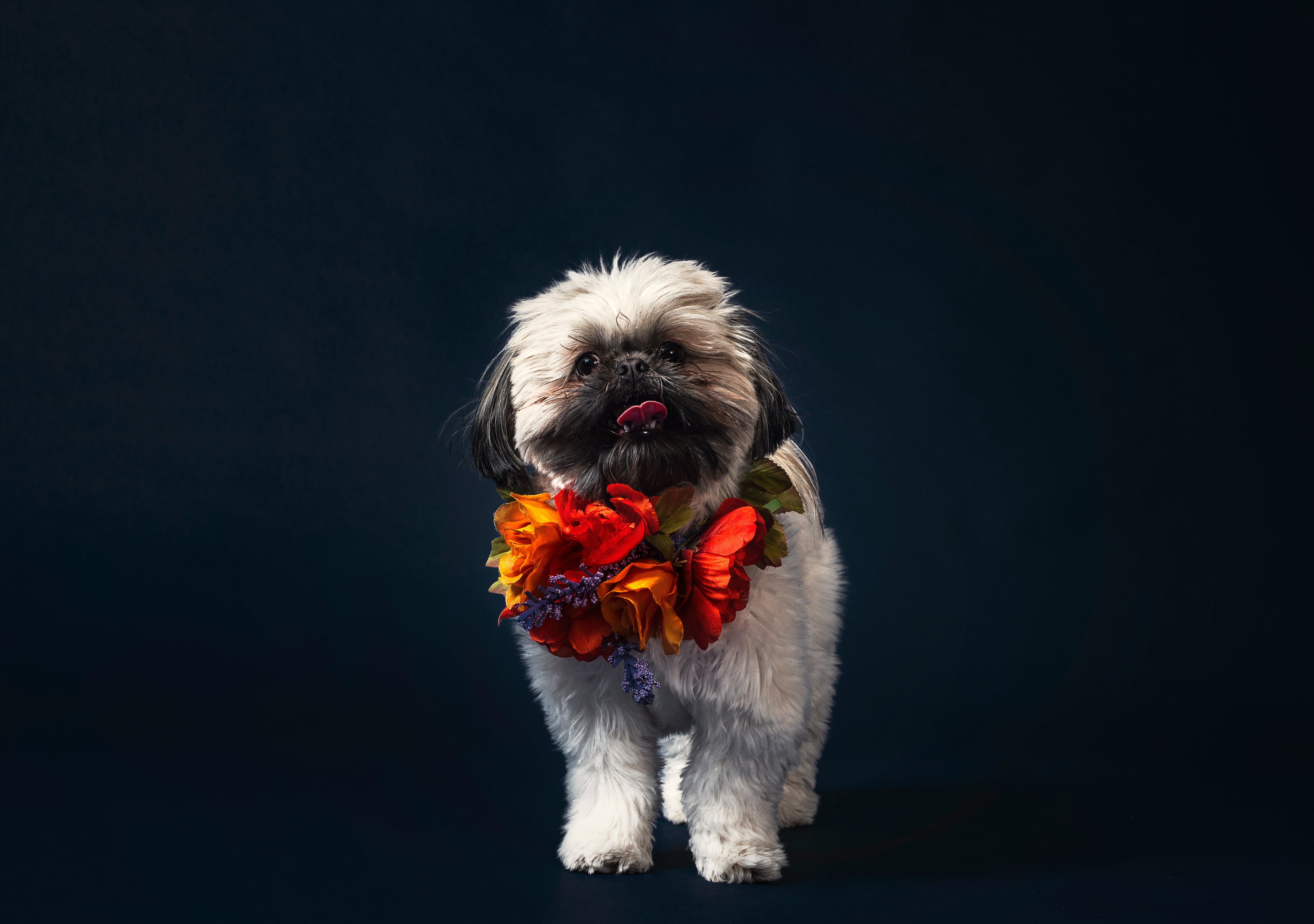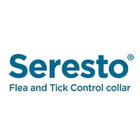
Water is just as essential for dogs as it is for humans. It supports digestion, regulates body temperature, keeps joints lubricated, and ensures the body functions properly. Despite its importance, many pet owners overlook their dog’s hydration needs, especially during warmer months or when their pet is active.
In this guide, we’ll explore why hydration matters for dogs, how to identify dehydration, and tips to make sure your furry friend drinks enough water daily.
Why Dog Hydration is So Important
Water makes up around 60% of a dog’s body. Without enough water, even the healthiest dog can face serious health issues such as:
- Kidney problems
- Heatstroke
- Digestive issues
- Low energy levels
- Dry skin and coat
Dehydration can set in quickly, especially in puppies, older dogs, or pets with medical conditions. That’s why it’s important to monitor water intake and encourage regular drinking.
Signs Your Dog Might Be Dehydrated
Here are some common symptoms of dehydration in dogs:
- Dry nose or gums
- Sunken eyes
- Lethargy or weakness
- Panting excessively
- Loss of skin elasticity (Gently pull the skin between your dog’s shoulders. If it doesn’t snap back quickly, your dog may be dehydrated.)
If your dog shows any of these signs, offer water immediately and contact your vet if symptoms persist.
How Much Water Should a Dog Drink Daily?
As a general rule, a healthy dog should drink about 1 ounce (30 ml) of water per pound (0.45 kg) of body weight each day.
For example:
- A 20-pound dog needs about 20 ounces (around 600 ml) of water daily.
- A 50-pound dog should consume roughly 50 ounces (around 1.5 liters) of water.
This amount can change based on factors like your dog’s breed, age, type of food (kibble or wet), level of physical activity, and the surrounding climate.
Tips to Keep Your Dog Hydrated
1. Provide Fresh, Clean Water at All Times
Change your dog’s water bowl at least twice a day and ensure it remains clean. Stainless steel or ceramic bowls are best—they don’t retain odors like plastic bowls.
2. Use a Pet Water Fountain
Some dogs love running water. A water fountain can make drinking more appealing and encourage hydration.
3. Add Water to Their Food
If your dog primarily eats dry kibble, try mixing in some warm water or a splash of low-sodium chicken broth to make it more hydrating and palatable. You can also mix in wet dog food occasionally to boost hydration.
4. Offer Ice Cubes as Treats
Many dogs enjoy licking ice cubes. They’re a fun and easy way to keep your pet cool and hydrated on hot days.
5. Carry Water During Walks or Travel
Always bring a collapsible water bowl and a bottle of clean water when going for walks, hikes, or car rides—especially during summer.
6. Encourage Drinking After Exercise
Just like us, dogs need to rehydrate after physical activity. Always offer water after walks or playtime.
7. Flavor the Water (Safely)
If your dog is picky, try adding a splash of unsalted bone broth or a bit of tuna water to their bowl. Always check with your vet before introducing new flavors.
When to Be Extra Cautious About Hydration
Some dogs are more prone to dehydration, including:
- Senior dogs
- Puppies
- Dogs with kidney disease or diabetes
- Flat-faced breeds like Pugs and Bulldogs (they overheat more easily)
Keep a closer eye on these dogs, especially during warmer months or after any physical activity.
Can a Dog Drink Too Much Water?
Yes, excessive water intake can also be a problem and may signal an underlying condition, such as diabetes or kidney issues. If you notice your dog consuming significantly more water than normal, it’s a good idea to consult your veterinarian for a health check.
Conclusion: A Hydrated Dog is a Happy Dog
Hydration is one of the simplest ways to support your dog’s overall health, yet it’s often overlooked. By ensuring easy access to clean water, monitoring for signs of dehydration, and using fun tricks to boost fluid intake, you can keep your dog healthy, happy, and full of energy.
Quick Tips Recap:
- Always provide clean water.
- Monitor signs of dehydration.
- Add water or broth to meals.
- Use fountains or flavored water to entice picky drinkers.
- Travel with water for your dog.
- Consult a vet if water intake seems abnormal.






